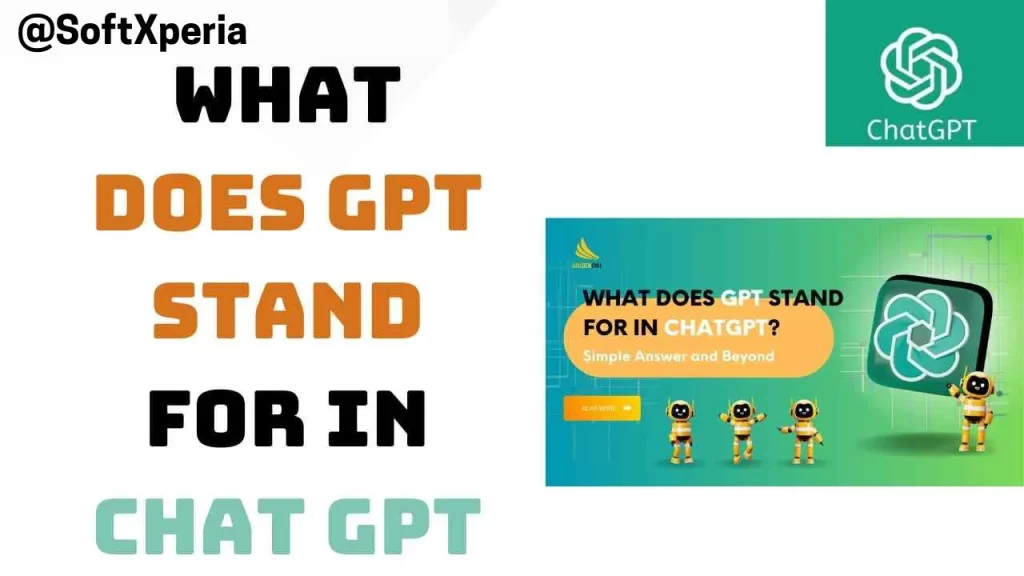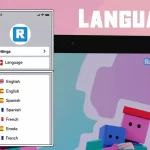Since its inception, Chat GPT has radically changed how people and businesses employ artificial intelligence by allowing humanlike conversations via Text messaging across diverse platforms. At the core, it is built on the so-called ‘GPT,’ GPT Stand for Generative Pre-trained Transformer. The technology, now owned by Open Ai, has completely altered the game for NLP, making it possible for computers to interact with humans naturally and understand the language coherently.
The model can receive input and create Text output when referring to ‘Generative’ Text in the GPT context. Simply put, it can respond sensibly and correctly using the language. ‘Pre-trained’ refers to the model trained on a gigantic corpus of Text material. Such pretraining gives the model a language perspective that makes it possible for its output quality to be of a high level. ‘Transformer’ models the fundamental logic of how the model can deal with and comprehend information arranged in a particular pattern in numbers.
Using Chat GPT, users can be engaged in conversational forms that closely resemble human dialogues. Its use cases are numerous and diverse. In customer care, ChatGPT can address concerns and offer help simultaneously, increasing user engagement for businesses. The company has also expanded into the education sector, where ChatGPT serves as an intelligent tutor, guiding students through explanations and problem-solving. Additionally, ChatGPT assists with content creation and management by writing articles, preparing reports, and generating plans and ideas.
The importance of this technology for Chat GPT cannot be overemphasized for AI and NLP slang. It is the next technological step towards building more friendly systems for human interaction. Because it can generate chatty yet coherent speech, this technology has raised the expectations of machine communication in the realm of humans, who are gearing up for innovative and better digital solutions shortly. In this article you will learn what GPT Stand for
Understanding GPT: Generative Pre-trained Transformer
One of the frequently seen successes in AI is GPT, GPT Stand for Generative Pre-trained Transformers. The term “Generative” means that the target audience can automatically create an appropriate response to any input, which is critical to modern-day chatbots. This allows custom replies that relate to the discussed subject matter, thereby improving client interaction. This technology benefits radar customer service systems, virtual assistants, etc. One of the fantastic things about AI is its ability to generate language.
GPT consistently evolves by showing how features should be built around its APIs. Moreover, Generative AI has proved to be much more sophisticated for most languages than natural language technologies’ first instances. ‘’Pre-trained’ indicates that the GPT model initially processes a large amount of text using the Elo model before developers apply it to specific tasks. In the second stage, the language model received additional training with targeted data to ensure comprehensive understanding. That is how the model can provide wide-ranging operations.
The success of the GPT model in generating and comprehending human language is rooted in the architecture of the neural networks known as transformers. Using self-attention, the transformers can prioritize certain words about other words in the sentence. This allows them to produce texts that are much better and highly relevant to the context.
There have been various levels in the development of GPT, and all of them have been beneficial in one way or the other. GPT-1 set the stage by proposing a new way of approaching language tasks using a transformer approach. GPT-2 further this by textbook explaining the use of the model to formulate whole paragraphs in an orderly manner. Then came GPT-3, marking a significant shift with its 175 billion parameters, enabling highly advanced text generation.
By achieving the text generation goals after every step, the third GPT series increased its range of relevance even more. Now, there is AI that can help people have meaningful conversations, Entail AI in content generation, and many others. This technology can go beyond the expectation of natural language processing.
How Chat GPT Benefits from GPT Technology
Chat GPT employs knowledge of how critical architectures in GPT technology work to efficiently and humanlikely generate Text. Researchers in natural language generation recognize a key drawback of Generative Pre-trained Transformer (GPT) technology: its tendency to produce biased or nonsensical text. This issue arises from the transformer framework’s design. It processes language to retain context across long paragraphs, which aims to improve the relevance and accuracy of replies.
The model enables ChatGPT in customer service to automatically address multiple customer complaints accurately and empathetically. In casual conversations, it can generate responses so human-like that it might take considerable effort for someone to distinguish between the AI and a real employee. This enables more efficient integration of this technology into customer support, where large amounts of human labour are expensive.
Another sector where Chat GPT stands out is content generation. Talk about writing blogs, helping write texts in advertising, posting on social networks, and just name it. This technology provides resources to generate well-written, structured text for any audience. It helps content creators save time and resources, enabling them to focus on critical and strategic aspects of their work.
The group’s chief digital officer plans to contact all staff and remind them of emerging trends such as behavioural analytics. Chat GPT models must be noticed as they seem most relevant for the assisting role. They possess the broadest range of tasks, from reminder setting and answering questions to providing information on numerous other topics. Since GPT is generative, its answers go beyond simple ‘Yes’ or ‘No’ responses, adding a level of personalization that enhances the user experience.
On the other hand, it’s essential to emphasize the importance of the transformer architecture. Translation is advancing through various tools and techniques, such as attention layers. These tools analyze word relationships and dependencies within a given context. For example, ChatGPT can focus on a specific phrase, use it effectively, and link it with other phrases to create clear and relevant answers.
In the last instance, the chat based on two points provides an ambiguous and strong application against all the previous ones: the integration of the GPT technology and its embedding into the chat room.
Future Prospects of GPT in Chat Applications
Many expectations surround the potential of GPT technology in future chat applications. It will likely improve how we interact with AI chatbots. For example, enhancements in context interpretation are anticipated. As GPT models advance, they will better retain and interpret context throughout exchanges, creating a more fluid and realistic experience. This improvement will make models like GPT more effective at casual conversation and enable them to handle complex tasks in specialized areas such as customer support, healthcare, and education.
| Term | Definition |
|---|---|
| GPT | Generative Pre-trained Transformer – a model designed for language generation tasks |
| Pre-trained | Initial training on vast text data to learn language patterns and context |
| Transformer | An AI architecture that processes text by understanding relationships between words |
| Context Retention | Ability of the model to remember previous inputs, making interactions feel more natural |
| Applications | Used in chatbots, customer service, content creation, and educational tools |
Experts expect future developments to lessen bias in AI answers. Describing existing GPT models requires noting their shortcomings, as they rely on inherently biased data that reflects societal norms. However, future models will likely include sophisticated algorithms and diverse datasets, countering such biases to offer a fairer AI experience. This will be very important to build the requisite trust and reliability in AI communication, particularly in areas that need neutral information.
Furthermore, there seems to be a chance that future models will better understand users’ emotional states. When an AI system engages with a broader range of emotional contexts, it can build closer connections with users. This evolution is incredibly hopeful for health applications that are fundamental to emotion-sensitive and emotional perspective interactions.
However, the birth of GPT technology comes with making some ethical sacrifices. Guidance on data protection, permission, or potential misuse of AI will be crucial to the overall AI development. However, only by firmly placing ethical issues at the center can the AI developer and other stakeholders resolve these challenges once more.Making AI systems more explainable and transparent will also encourage appropriate use.
With the improvement of GPT models, a new era in AI communicative technologies is opening, as are potential new opportunities. Newly developed GPT models in chat applications could revolutionize industries by automating processes, engaging users, and providing customized services. However, the key is to combine technological competence with moral responsibility. This approach ensures that GPT becomes an asset in shaping human-AI relationships for the future. That’s it on GPT Stand for.






